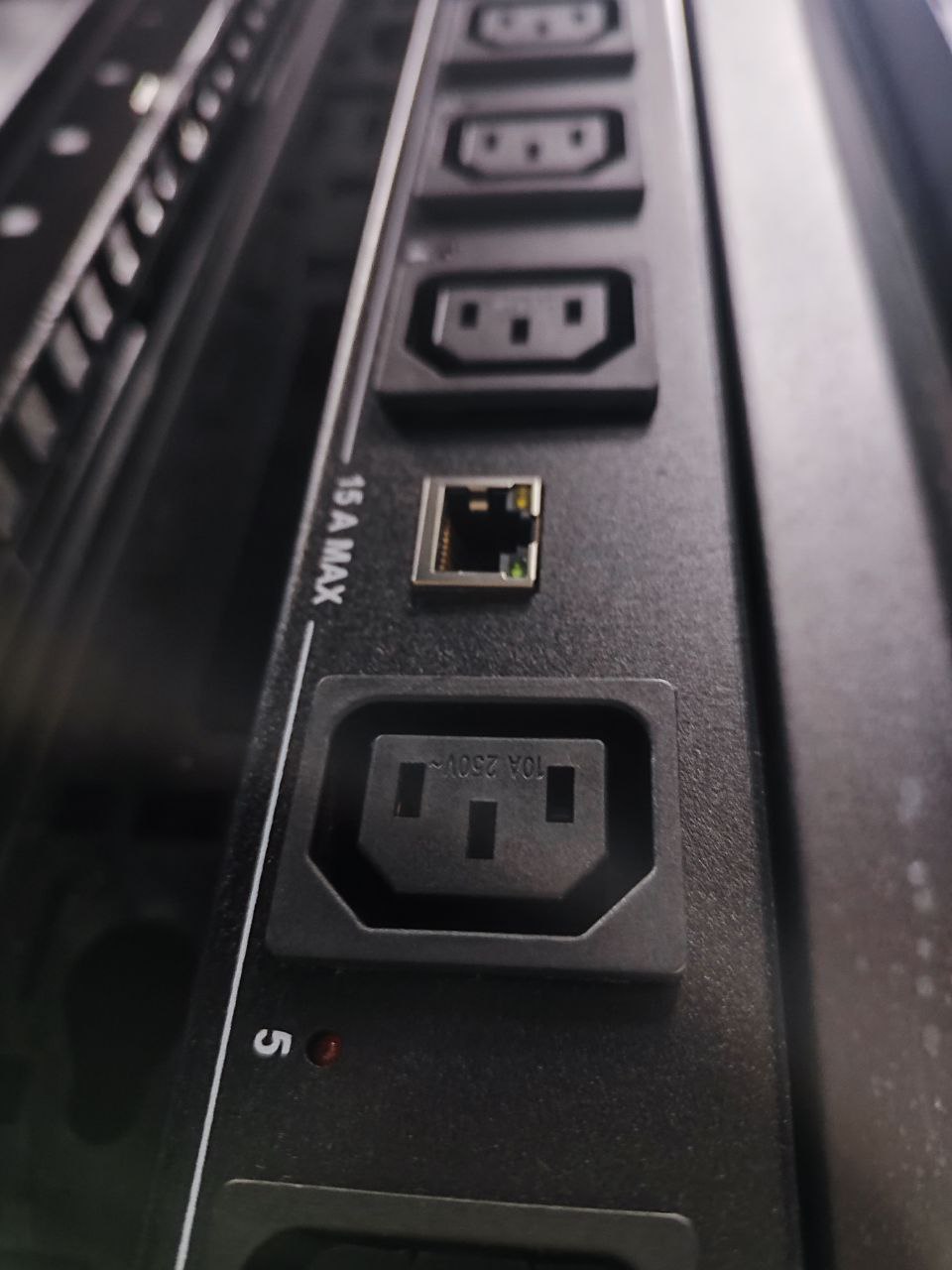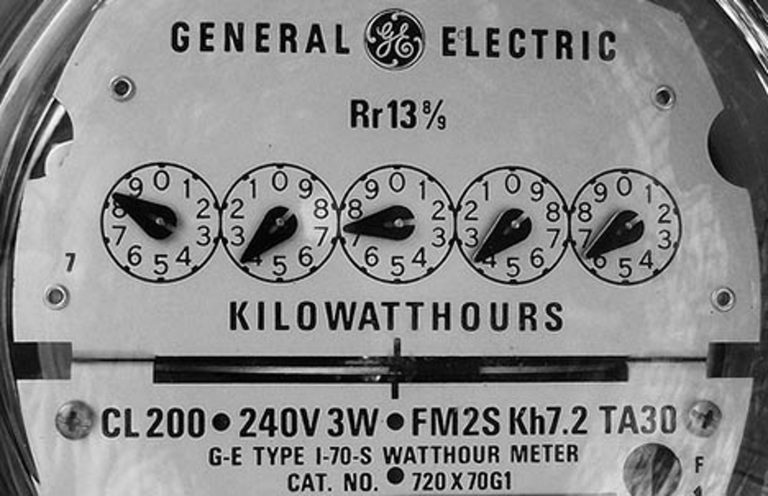From Hub to PDU

They say that an old friend is better than two new ones. From a corporate IT point of view, this means that products from a trusted vendor are preferable to even very tempting new products from unfamiliar brands. And we were convinced of this once again.
Our old friend
Our cooperation with a well-known Russian company began a couple of years ago. Then we purchased a 16-port hub from them to organize remote access to tokens. We chose the junior model because such a business model was new to us and the attitude towards it was quite skeptical. However, trial operation showed that all fears were in vain.
Gradually, we significantly expanded the line of hubs, which allowed us to completely stop issuing hardware access keys to external services and internal corporate resources, as we decided that convenience was more important than exclusivity and switched to a remote model.
And when the Federal Tax Service began issuing non-duplicate tokens, the issue was finally closed. There is simply no other way, other than using USB over IP technology, for the collaboration of several people with one key. But we have such a need all the time, since the owners of the company, although they occupy different positions, have the same actual rights.
They don’t look for good from good, so we covered all our needs with their concentrators. The devices themselves work reliably, their functionality is more than enough for us, and the necessary technical support is provided quickly and competently.
We tend to follow the work of companies whose products we like. And she was no exception. We recently learned that it has released a new device – a power distribution unit. Since our data center used the simplest rack socket blocks, this news interested us. We decided to look at the unit and, if we liked it, upgrade the server room's power supply system.

I won’t hide that there was a certain skepticism here too. It’s one thing to be a niche device of limited use, and another to be a consumer server device. There is more competition there, and the requirements are more stringent. So we followed the beaten path. We came to the company's office to touch the device with our hands and see it in action.
PDU design
The design of the block is radically corporate. The only decorations are the name of the product on the panels. Everything else is functional and strictly to the point.

The block body is made of metal. And completely. Just like the hub – we really liked this tradition. It’s not that we don’t trust plastic, but for now metal is more reliable.
The mounting to the rack is implemented in such a way that the front panel can be recessed both inside the rack and at the same level with the plane of the rack, which ensures ease of use and saves space in our data center.
Electrical characteristics of the unit
Our server room is equipped with a powerful line-interactive UPS. With all its advantages, it is still not intended to protect against surges and drops in the power supply line, so we immediately drew attention to the wide limits of the permissible input voltage: from 90 V to 265 V. Thus, the unit itself will work under any conditions, and Other rack-mounted devices are responsible for equipment that is particularly sensitive to power quality. Of course, they can be connected to a power supply.
The maximum input current is 32 A. The total current consumption can reach 15 A, which is quite enough for us. If we ever have something particularly powerful, then one connected device can be designed for 10 A. If there are several such devices, then no one bothers to buy the required number of units, especially since their cost is compared to the main one equipment does not play any role.
The circuit breaker de-energizes the output lines in the event of a short circuit. As for the input line, its protection is provided by the distribution panel and any kind of duplication does not make sense.

The ambient temperature can range from 0 to +40 degrees Celsius. The cooling of the unit is passive, also because a cold corridor exists in any self-respecting server room. And it is quite enough.
The hidden Reset button is designed to reset settings. This does not affect the performance of the block in any way, so it can be used to quickly destroy all created rules during the debugging process.
Thus, the basic technical characteristics of the block match the design. Strictly corporate – there is everything you need and there is nothing useless. And everything useless, according to security experts, is harmful.
Integration into the control system
The unit is equipped with the following detectors: incoming voltage ranging from 90 V to 265 V, outgoing current along each line ranging from 30 mA to 10 A, and temperature inside the device from -55 to +125 degrees Celsius.
In combination with support for the SNMP protocol, which is used for remote control of the device, this opens up wide opportunities for integrating the unit into the overall server room infrastructure. Moreover, the unit can be controlled either manually or automatically.
These possibilities interested us most. If the concentrator required a separate control program due to security concerns, then the outlet blocks should be integrated into the overall control system of the server room. Some kind of program is attached to the unit, but we probably won’t use it, so we didn’t even look.
Since we were satisfied with everything we saw and heard, we purchased one unit for trial operation. It showed that PDU fits perfectly into our IT infrastructure. During testing, we checked the implementation of several rules and all of them were carried out normally.
For example, we wrote a rule according to which, after the data center’s power switched to a backup source, the power to all auxiliary servers was automatically turned off. Thus, critical equipment received additional operating time.
Based on the results of trial operation, we decided to completely switch to using this model. This will be the second device from this company to successfully operate in our company.



